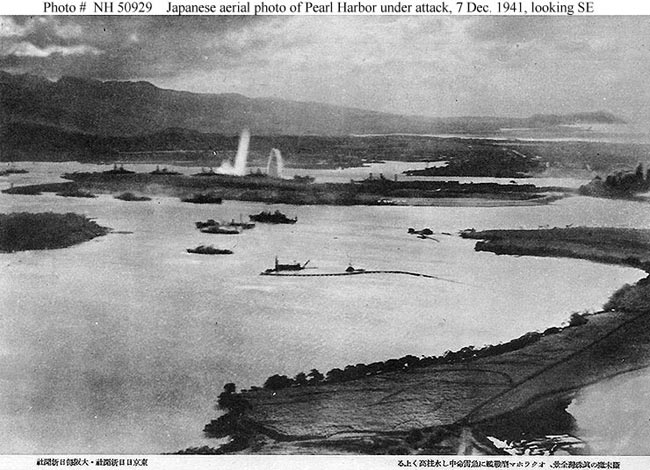In a way that never ceases to amaze me, Bob Strubel spins another yarn about HD Radio.™ According to Bob:
Tom’s experiences at the Ford dealership are disappointing. We believe they reflect the growing pains which often occur when companies launch new technologies. Tom hit the lot as factory installed HD Radio receivers were just launching.
Well, then, I guess that explains that. If I went to a Ford dealership today, I’d find plenty of models with HD radio(s)™ stock, right?
As far as new technology and growing pains, let us pick that apart piece by piece:
- IBOC has been in development since 1990 or thereabouts. Not really new technology. Apple’s iPhone and iPad are new technology (2 years and 3 months respectively).
- Ford Motor Company has been an HD Radio™ partner since 2007. One would think that all the kinks would be worked out by now.
- The IBOC rollout hit a wall around 2008 and hasn’t grown since then, both the AM technology, which appears to be shrinking, and the FM technology, which appears to be subsidized by the US government.
To test Mr. Strubel’s next statement:
Had he been able to hold out with his old Explorer for another couple months, he would have been able to purchase an Escape with a factory installed HD Radio receiver as these vehicles hit dealerships the first week of August.
It is now the third week in August, I stopped by three Ford dealerships in reasonable-sized cities around here. Not really wanting to waste a salesperson’s time, I cut to the chase and asked about vehicles with HD radios. Here is the response:
- Dealership #1 said they knew about HD radio, but none were in any of their stock vehicles. They also could not give me an idea of how long I’d have to wait to receive one if ordered separately.
- Dealership #2 pointed me in the direction of SiriusXM, saying that satellite radio was digital radio, or HD Radio™, or whatever it was
- Dealership #3 never heard of HD Radio™ and said that all their radios were digital (Like, Duh!)
Finally, there is this standard iBiquity statement that seems to go well in any situation:
…it’s ironic that his negative experience happened at a time when the consumer rollout of HD Radio Technology is stronger than it has ever been. We are seeing dramatic receiver sales increases across all segments – OEM auto, consumer electronics, and the new portable HD Radio category. Overall sales of HD Radio receivers will more than double in 2010, and that is on top of a doubling from 2008 to 2009. Can anyone point to any other facet of AM/FM that has seen this sort of growth over the last several years?
Sure, analog AM and FM receivers continue to fly off the shelves in all the markets quoted above too. Furthermore, doubling receiver sales from one small number to another small number is not that dramatic. As Mark Twain said: “There are three kinds of lies; lies, damned lies, and statistics.” It’s like the rookie batting 1000 after his first time at bat; it happens occasionally, it is really not that dramatic or remarkable.
Comparing new technology such as the iPad to middle-aged technology such as IBOC is silly. The iPad has all sorts of neat features, interactive programs, applications, etc. IBOC is just a one-way radio that does sound any better than the old-style radios.



